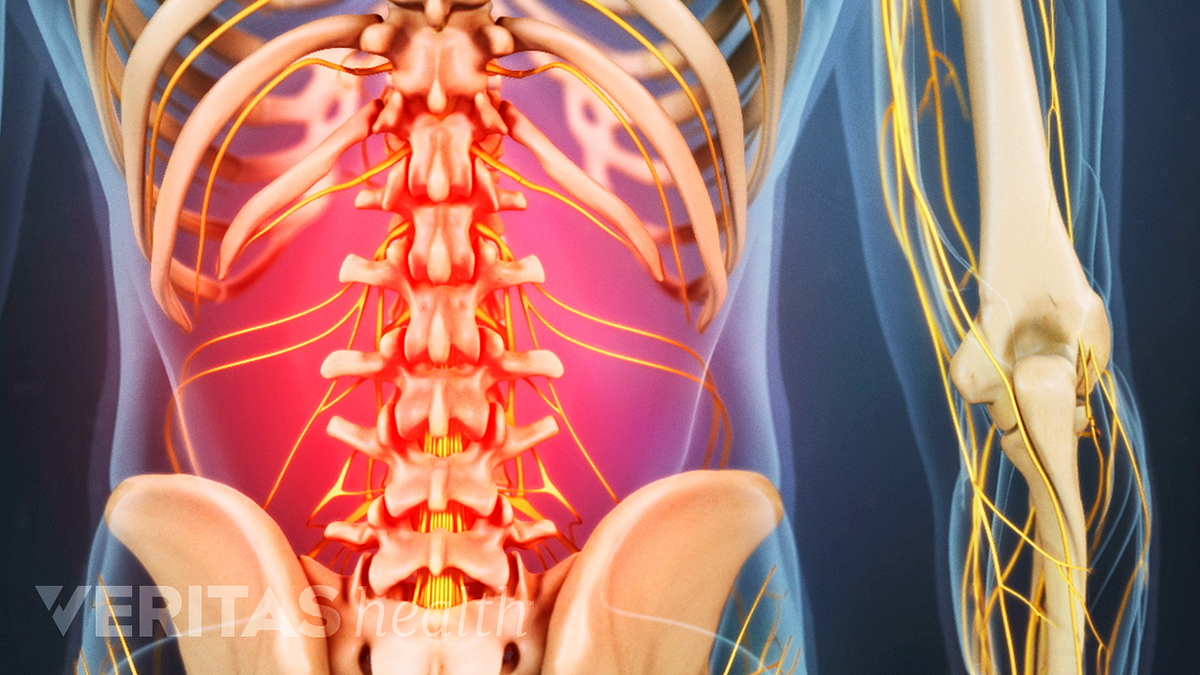

In an embryo with a CRL of approximately 53 mm the coro- noid process and the condylar process can already be clearly distinguished from one another. The sphenoid bone, and finally the dorsolateral portion First to ossify is the mandible, followed by the maxilla, medial alar process of the sphenoidīone, frontal bone, zygomatic bone, zygomaticĪrch, squamous part of the occipital bone, greater wing of the sphenoidīone, tympanic bone, condyles of the occipital bone, lesser wing of Ossificationįacial portion of the skull follows in a strict, genetically determinedġ994). When the crown-rump length (CRL) is approximately 76 mm (weeks 10-12), the anlagen of the maxillary bone, the zygomatic bone, and the temporal bone come into contact with one another. Progressively fill the space between the oralĬavity and the eyes. Time, bony anlagen of the maxilla form in the region of the future infraorbital foramina. Palatal pro cesses have united at the midline to complete the separa tion of the oral and nasal cavities. Its effect on embryonic development is unknown. A double anlage of Meckel's cartilage isĮt al.

(1987) it is between the seventh and eleventh weeks, according to Furstman (1963)įormation of the bony mandible begins in weeks 6-7 lateral to Meckel's cartilage 1997).Īppearance of malformations in the joints of the jaw is reported differently in different studies. 1994, Ogutcen-Toller and Juniper 1994, Bontschev 1996, Rodriguez-Vazquez et al. (Baume 1962, Furstman 1963, Moffet 1957, Baume and Holz 1970, Blackwood et al. In the formation of the joints of the jaw occurīetween the seventh and twentieth embryonic weeks

The human jaw articulation is a so-called secondary joint (Gaupp 1911)īecause it developed separately and not as a modification of a primary joint (Dabelow 1928).


 0 kommentar(er)
0 kommentar(er)
